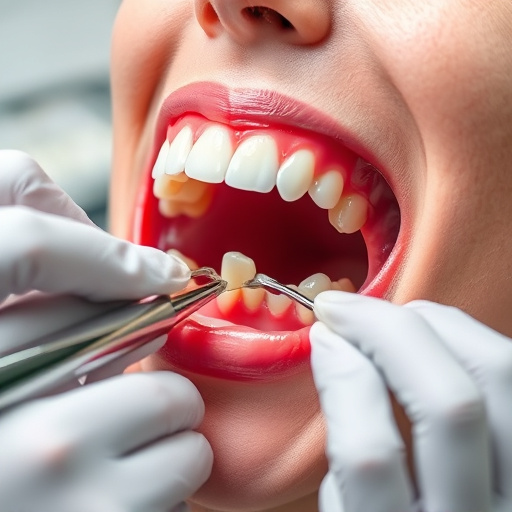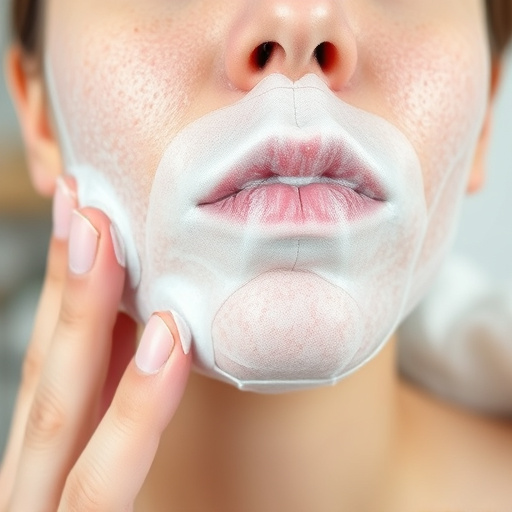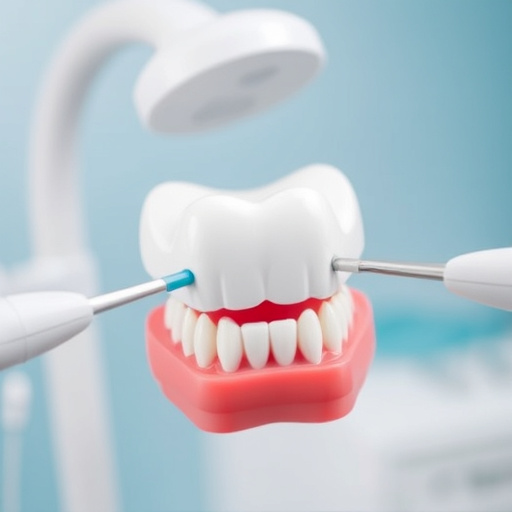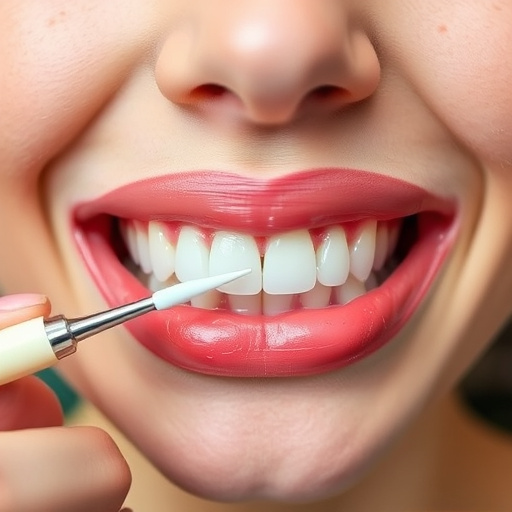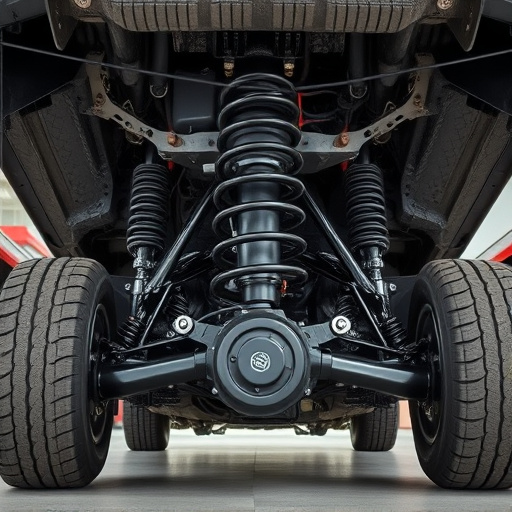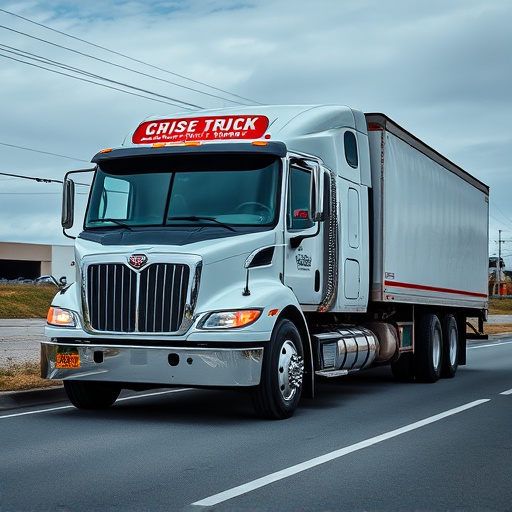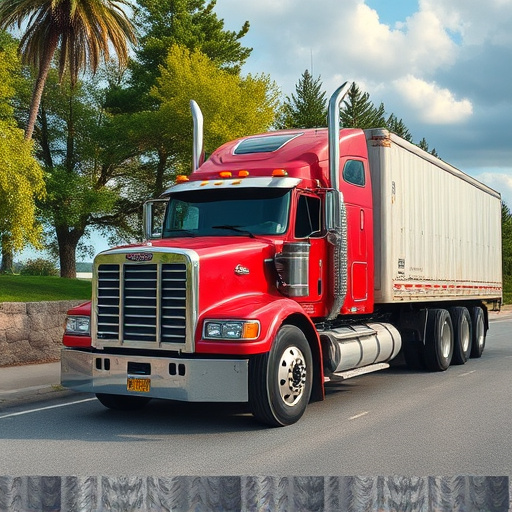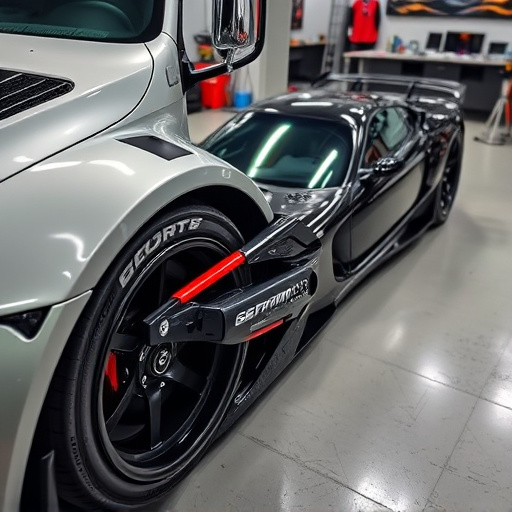Vehicle Decal Installation requires careful preparation, high-quality materials, and controlled application conditions to avoid common pitfalls like poor adhesion, bubbles, or peeling. Key steps include thorough cleaning of the car's surface, using compatible adhesives, and applying decals in suitable conditions to ensure a durable, aesthetically pleasing finish that protects the vehicle's paintwork.
During vehicle decal installation, avoid common pitfalls that can mar your design. Misaligned or improperly prepared surfaces are significant mistakes, ensuring long-term adhesion. The right materials and tools—from suitable adhesives to quality cleaning products—are essential for a seamless process. Steer clear of using heat, harsh chemicals, direct sunlight, or extreme temperatures during installation. These tactics can compromise the integrity of both the decal and your vehicle’s surface.
- Common Mistakes to Avoid
- – Out-of-alignment or mispositioned decals
- – Inadequate surface preparation
Common Mistakes to Avoid
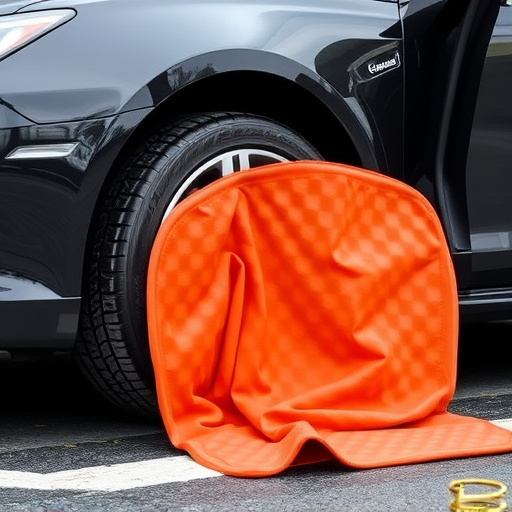
During vehicle decal installation, several common mistakes can lead to subpar results and even damage to your car’s surface. One of the most frequent errors is applying decals incorrectly, which often stems from a lack of preparation. It’s crucial to thoroughly clean the car’s surface, ensuring it’s free from dust, dirt, or any residue. Failure to do so can result in an uneven bond between the decal and the vehicle, leading to bubbles, wrinkles, or even peeling over time.
Another mistake is choosing the wrong type of decal for your car customization needs. Not all decals are created equal; some may be designed for indoor use only or might not be suitable for outdoor conditions, where they’re exposed to varying weather conditions and UV rays. For a professional ppf installation (paint protection film) or custom graphics that last, select high-quality materials from trusted providers. Applying decals in direct sunlight without proper tools can also cause issues due to the rapid drying of the adhesive, leading to mistakes that are difficult to rectify.
– Out-of-alignment or mispositioned decals
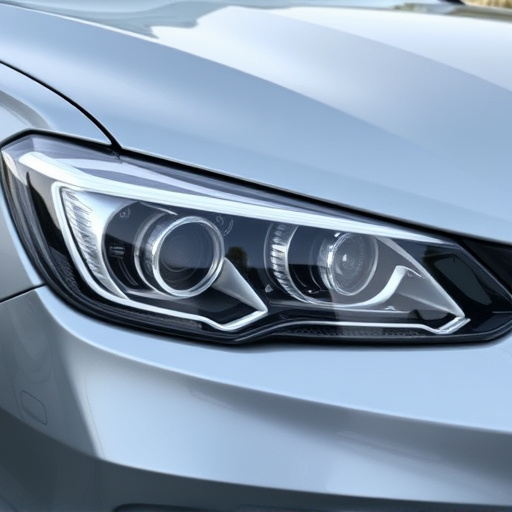
Out-of-alignment or mispositioned decals can significantly mar the aesthetics and overall quality of your vehicle’s look after installation. During the vehicle decal installation process, it’s crucial to ensure that each sticker is applied with meticulous precision, adhering strictly to the manufacturer’s guidelines for alignment and positioning. This is particularly important for complex custom graphics or bold designs, which require not just visual appeal but also accurate representation of the intended image on the vehicle’s surface.
Avoiding misaligned decals necessitates a thorough preparation of the surface, including cleaning, decontaminating, and ensuring it’s free from any debris or moisture that could interfere with adhesion. Proper use of application tools and techniques, such as squeegees and air blowers, can also prevent bubbles, creases, or other imperfections that lead to out-of-alignment decals. Remember, a seamless installation not only enhances the beauty of your vehicle but also serves as a layer of protection for its paintwork through ceramic window tinting or other protective coatings, safeguarding against potential damage and maintaining the overall vehicle protection.
– Inadequate surface preparation
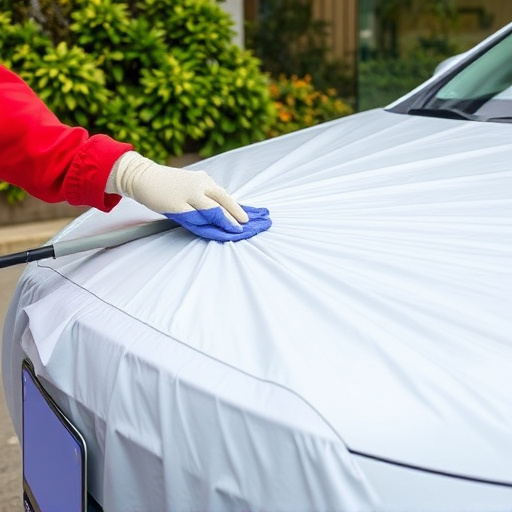
One of the most critical aspects often overlooked during vehicle decal installation is surface preparation. It’s a step that cannot be compromised to achieve a durable and aesthetically pleasing finish. Inadequate preparation can lead to issues like bubble formation, improper adhesion, and early peeling of the decals. Before applying any decal, ensure the surface is thoroughly cleaned, decontaminated, and dried. All contaminants, including dirt, grease, and wax, must be removed as they create a barrier between the decal and the vehicle’s paint, compromising both its longevity and appearance.
Additionally, consider the material’s compatibility with your vehicle’s surface. Different materials have varying levels of durability and resistance to heat rejection or scratch protection. For high-quality finishes, using compatible adhesives and ensuring proper surface preparation will result in a seamless integration of the decals, enhancing the overall look without compromising the vehicle’s protective layers.
During vehicle decal installation, it’s crucial to avoid common mistakes like out-of-alignment decals and inadequate surface preparation. By ensuring your decals are perfectly positioned and your car’s surface is thoroughly cleaned and dried, you’ll achieve a professional, long-lasting finish that enhances your vehicle’s appearance. Remember, proper attention to detail during the installation process is key to maintaining the integrity of your decals.

